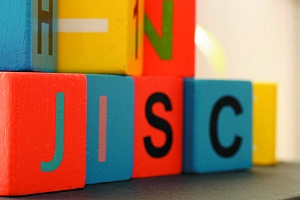 |
| Joint Information Systems Committee |
New figures show that eight per cent of work submitted by undergraduates in 2005 was made up of a significant amount of “plagiarised content”.
But by 2012, the proportion of essays and dissertations in which more than three-quarters words were copied from a book or academic thesis had more than halved to just three per cent.
The move comes after universities launched a major drive a decade ago to prevent students cheating by attempting to pass off other academics’ work as their own.
Institutions combined to form the Plagiarism Advisory Service and were given free access to “Turnitin” cheating software, which scans students’ work and compares it to a database featuring hundreds of millions of academic articles, journals and books.
Will Murray, Turnitin’s vice-president, said: “The problem appears to be much more in control and there has been an overall reduction in unoriginal content.”
The crackdown on cheating was launched in 2002 by the Joint Information Systems Committee – a group funded by UK universities and colleges to promote technology in education – amid “growing concerns about the ‘cut and paste’ culture in academia”.
It formed the Plagiarism Advisory Service and universities were initially given three years’ free access to Turnitin. Almost all institutions now use the software.
According to new figures, 7.7 per cent of work checked using the system in 2005 contained more than three-quarters of “unoriginal” content. By 2012, that figure had fallen to 3.1 per cent.
At the same time, the proportion of work with at least a 50 per cent “similarity rate” fell from 10.5 per cent in 2005 to 6.6 per cent last year.
The disclosure comes amid fears over a similar problem with cheating in schools.
The last Government axed formal GCSE coursework in most subjects because of concerns over copying from the internet and the amount of input from parents.
In its place, coursework tasks are now completed in the classroom under staff supervision.




0 Comments